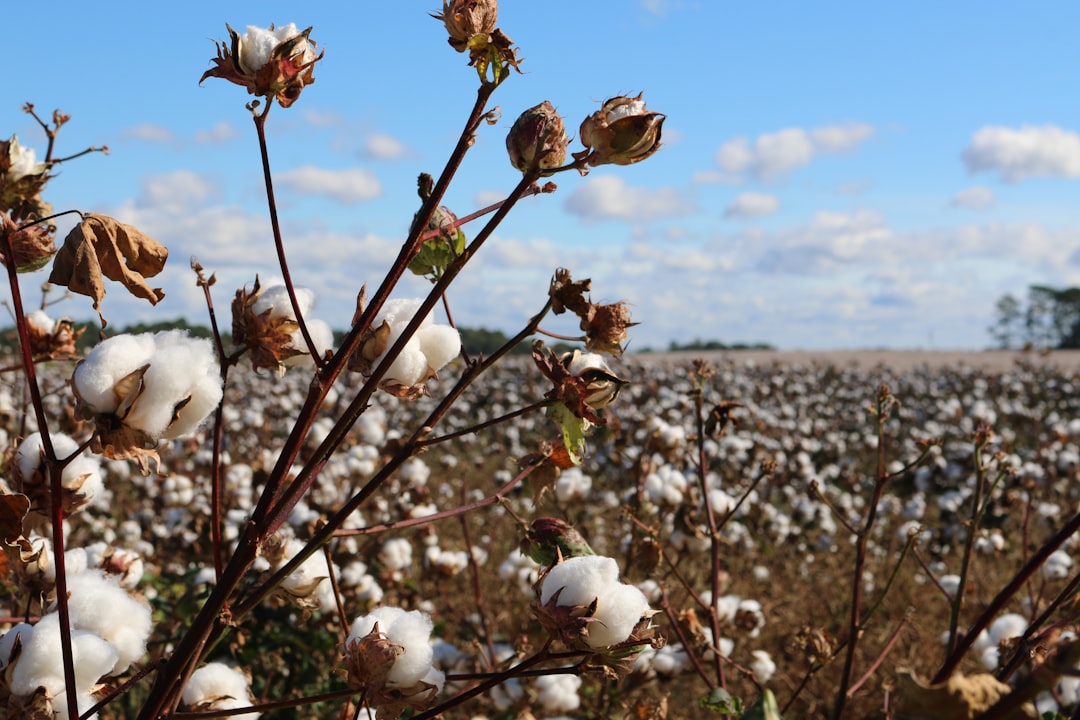What is it about?
Utilizing fully controlled feeding experiment we simulated different pollen resources that could be available for bees in various environments, reflecting potential changes in floral species diversity and composition that could be caused by landscape changes. Suboptimal concentrations of certain nutrients in pollen produced by specific plant species resulted in reduced health and fitness in bees. Negative effects were alleviated when scarce nutrients were added to these pollen diets. Therefore, the direct mechanism responsible for wild bee decreased fitness and health in homogenous landscapes may be nutritional imbalance. We wanted to unravel the dependence of wild bees on floral diversity and composition. This is a tricky and challenging business, impossible to do in a field study, because of too many interfering factors. So, we designed a fully controlled feeding experiment in which we recreated various floral diversity, species composition, and nutritional supply, in the laboratory. We simply bred bee larvae on various mixtures of pollen differing in diversity and species composition. Some of these mixtures were scarce in specific nutrients. Therefore, we additionally used the same pollen diets but supplemented with scarce nutrients. Our experiment reflected potential changes in floral species diversity and composition that could be caused by landscape changes. We hypothesized that pollen diets composed of key species providing vital nutrients in required amounts will result in good health and proper development of bees, while the diets scarce in nutrients will cause death or underdevelopment. As response factors we investigated bee mortality, adult body mass after completing larval development, the rate of cocoon development, and cocoon mass. All these traits reflect bee health and fitness. Our experiment has shown that specific species of pollen are related to low or high concentrations of specific nutrients. Bess may experience high mortality or underdevelopment when feeding on diets scarce in nutrients. However, the addition of scarce nutrients to the diet caused either partial mitigation of the negative effect or reversed it completely. We conclude that the occurrence of certain plant species may be important for wild bee populations, as these plants provide nutritionally balanced diets crucial for bee growth and development. Providing a diversity of plant species for bees gives them the opportunity to use their preferred resources, but diversity is not a direct factor driving bee prosperity.
Featured Image

Photo by Wolfgang Hasselmann on Unsplash
Why is it important?
Our study suggests that there is no ideal mix of bee-friendly plants to be used in seed mixes aimed at improving the wild bee food base. Instead, such mixes should be composed considering mismatches between the proportions of nutrients offered by local flora and the nutritional needs of wild bees. And this may be the answer to the question why actions aimed at the improvement of the food base for wild bees sometimes are successful and sometimes are not.
Read the Original
This page is a summary of: Unravelling the dependence of a wild bee on floral diversity and composition using a feeding experiment, The Science of The Total Environment, January 2022, Elsevier,
DOI: 10.1016/j.scitotenv.2022.153326.
You can read the full text:
Resources
Contributors
The following have contributed to this page










